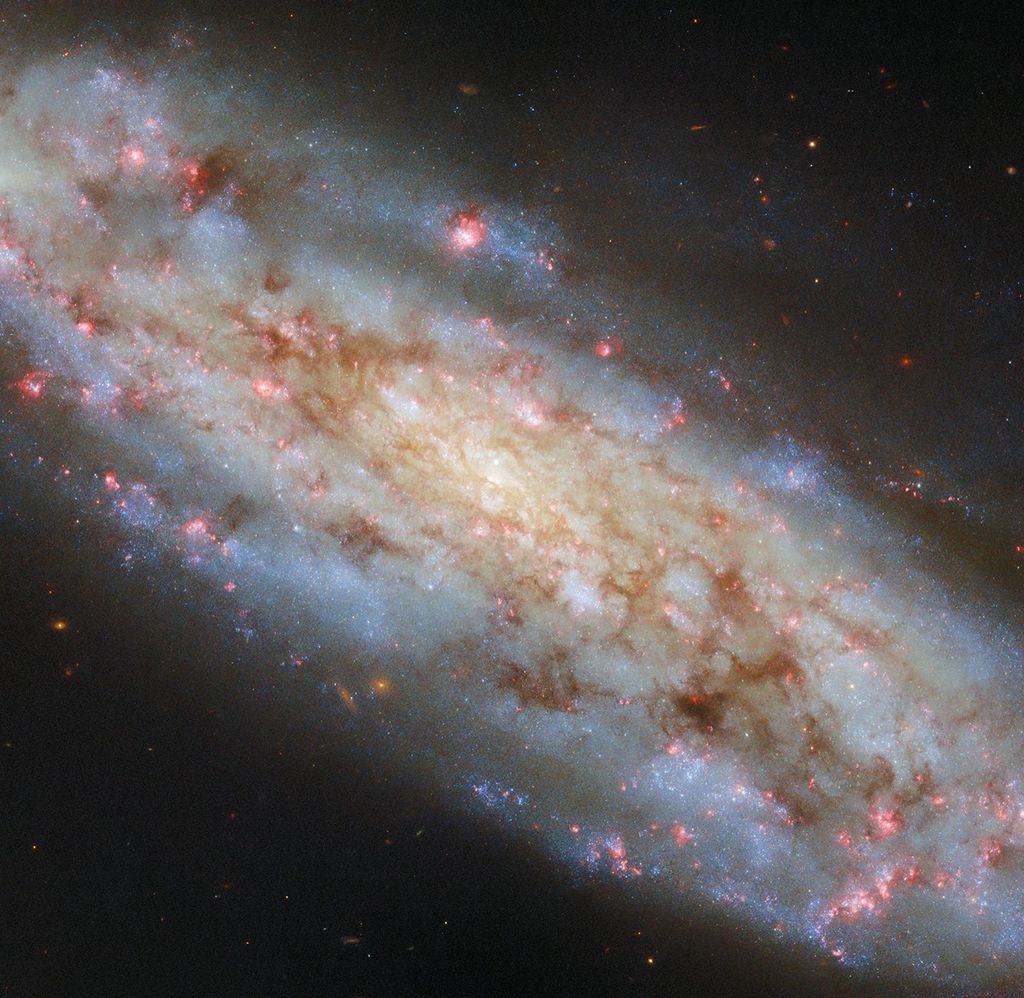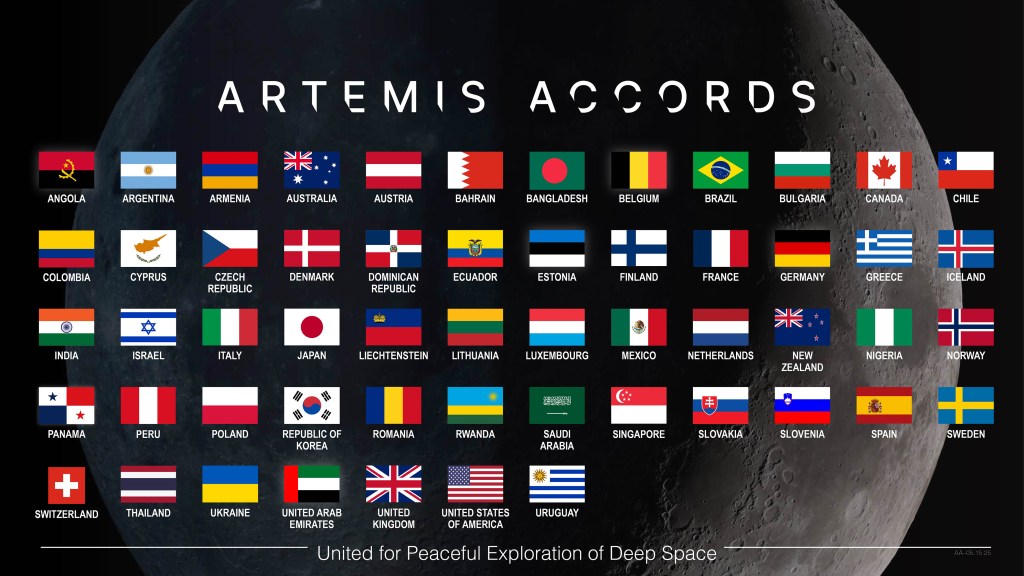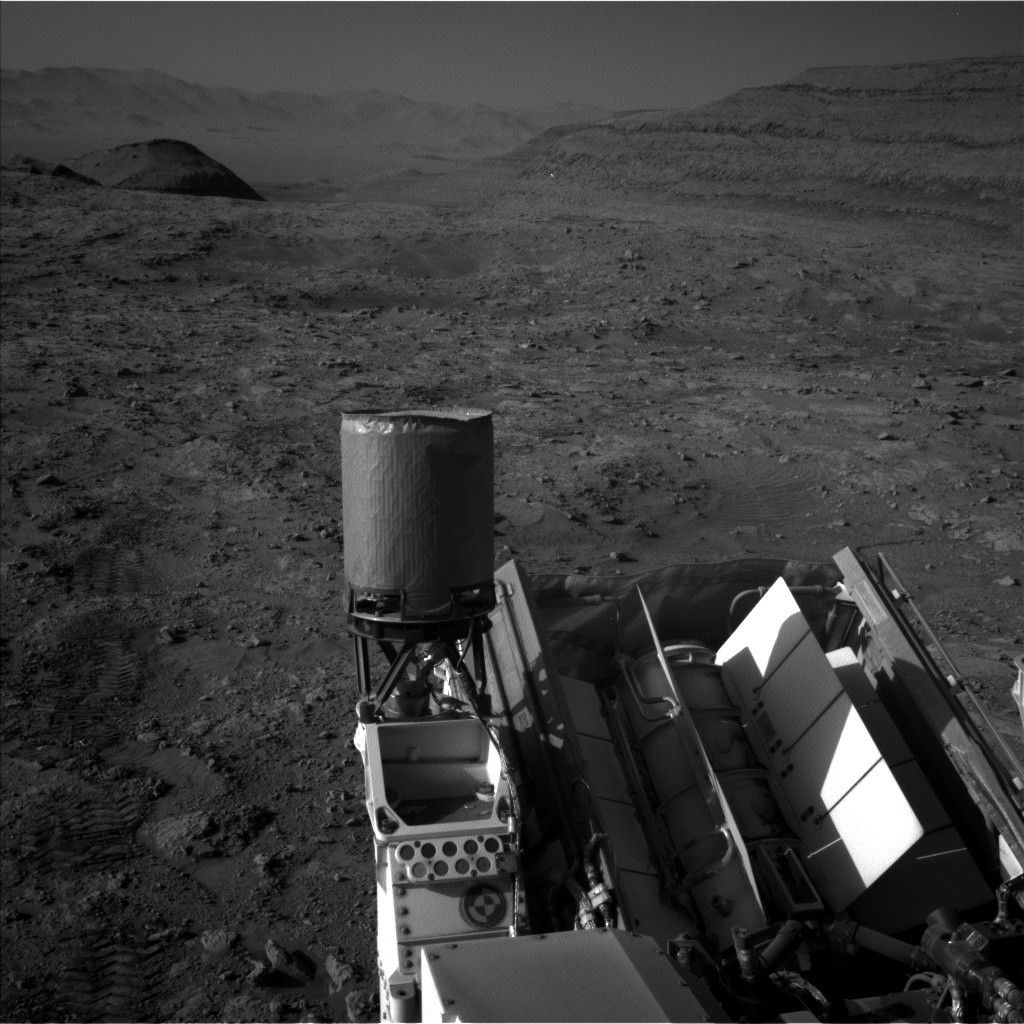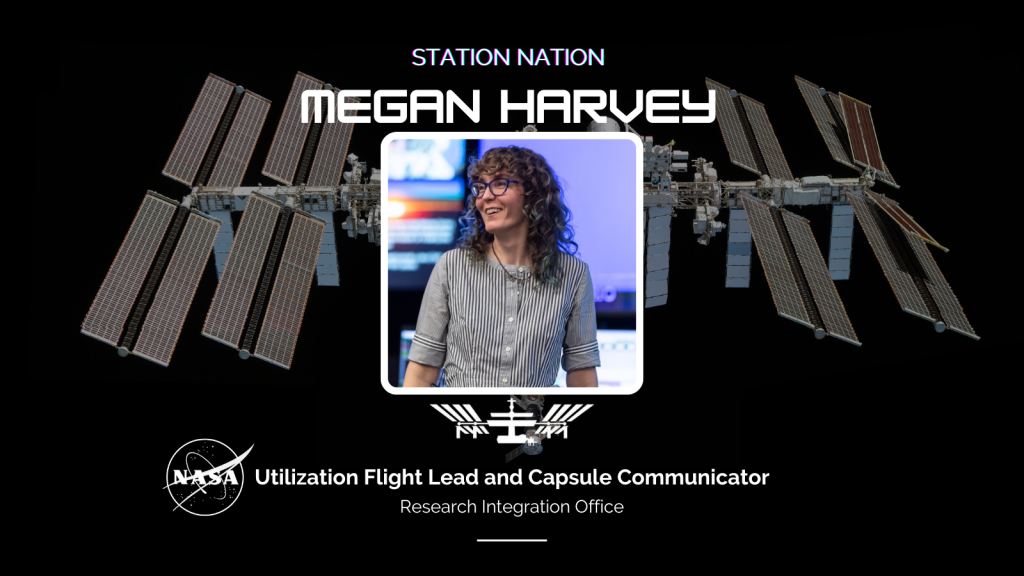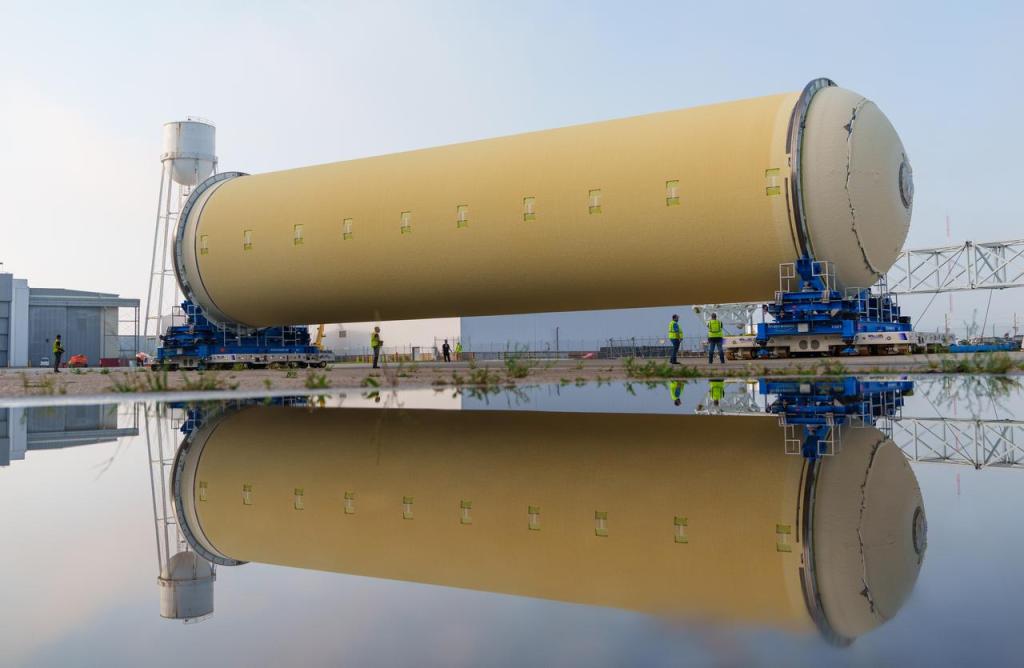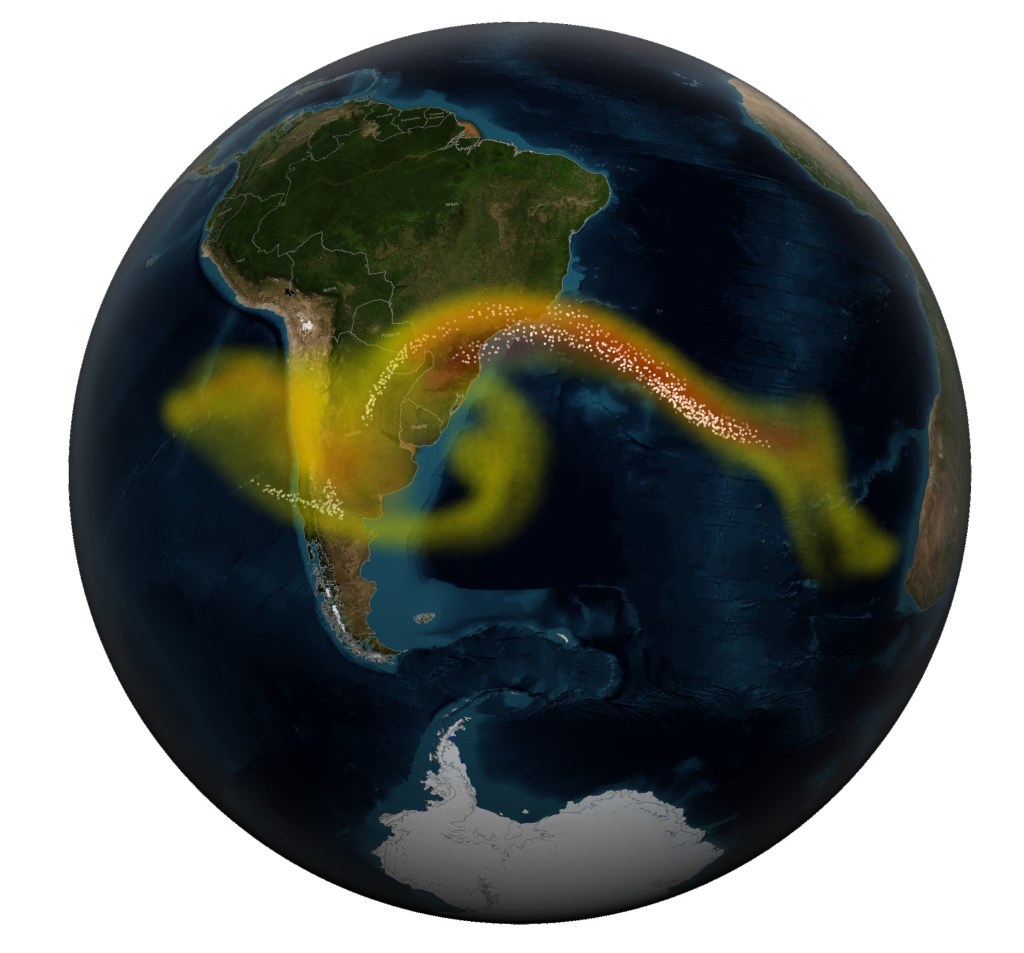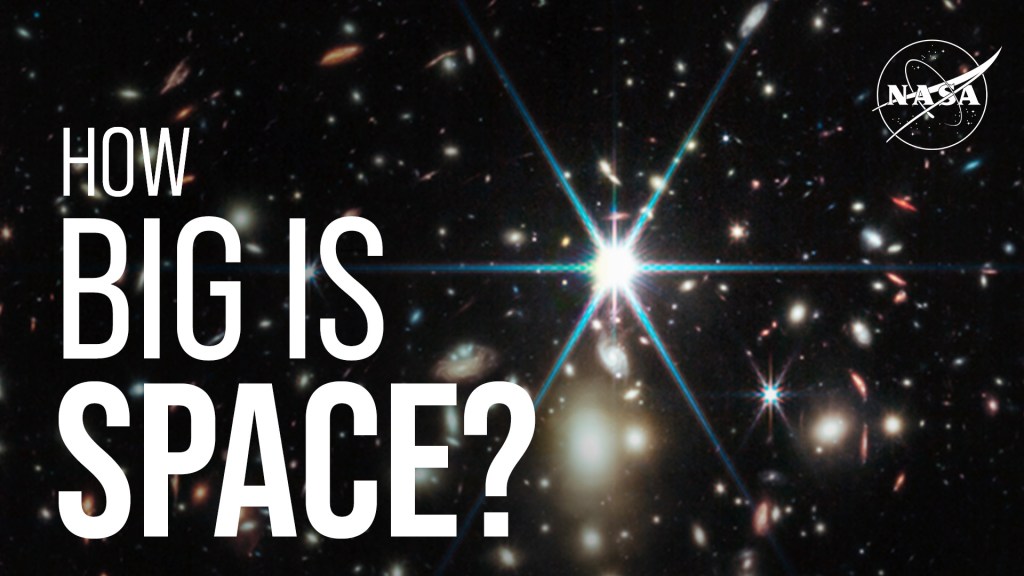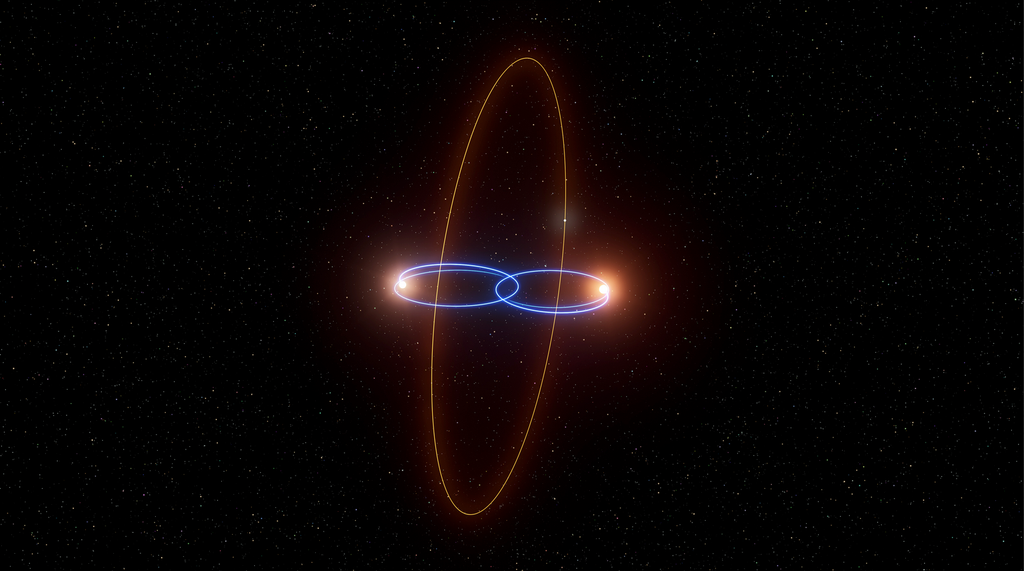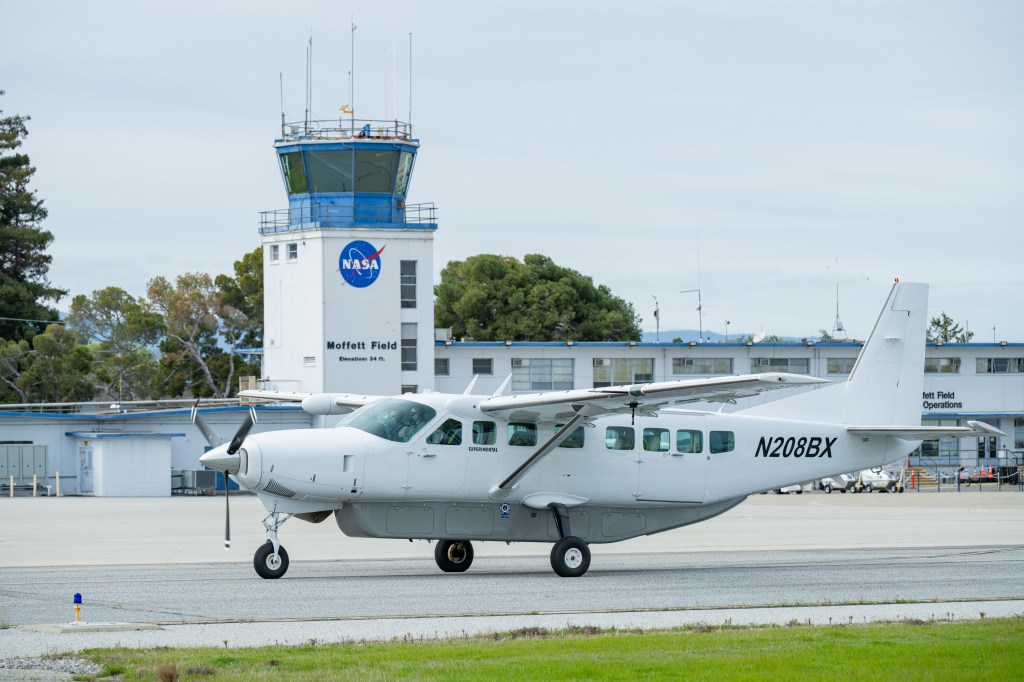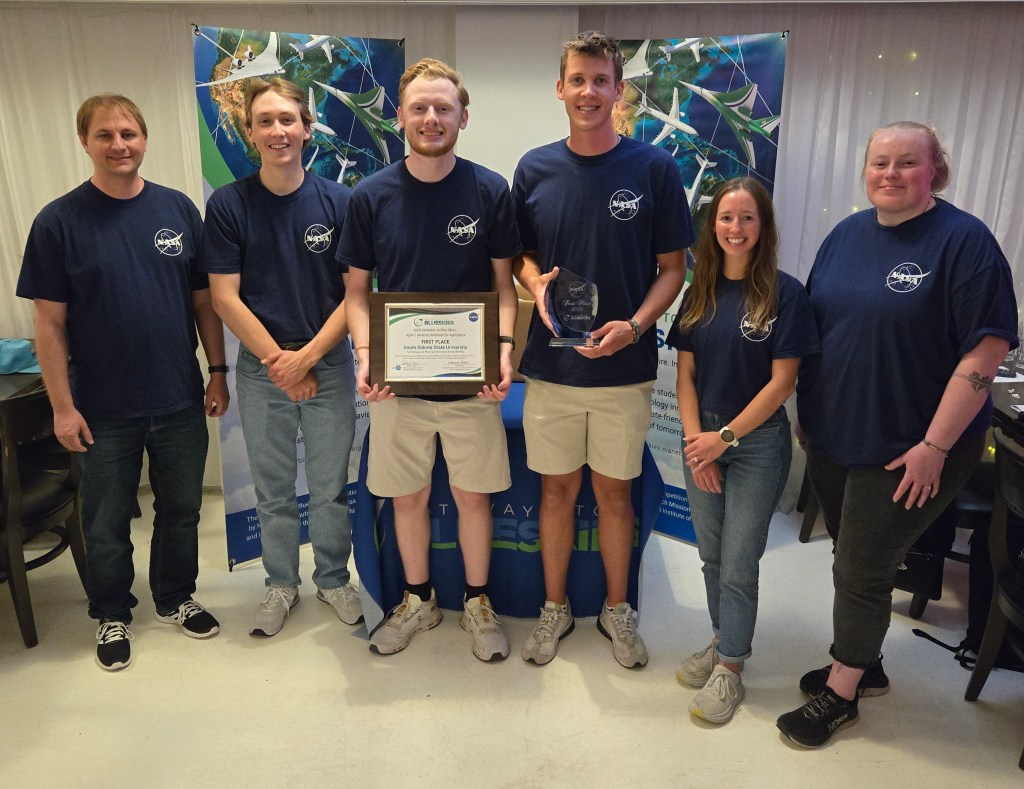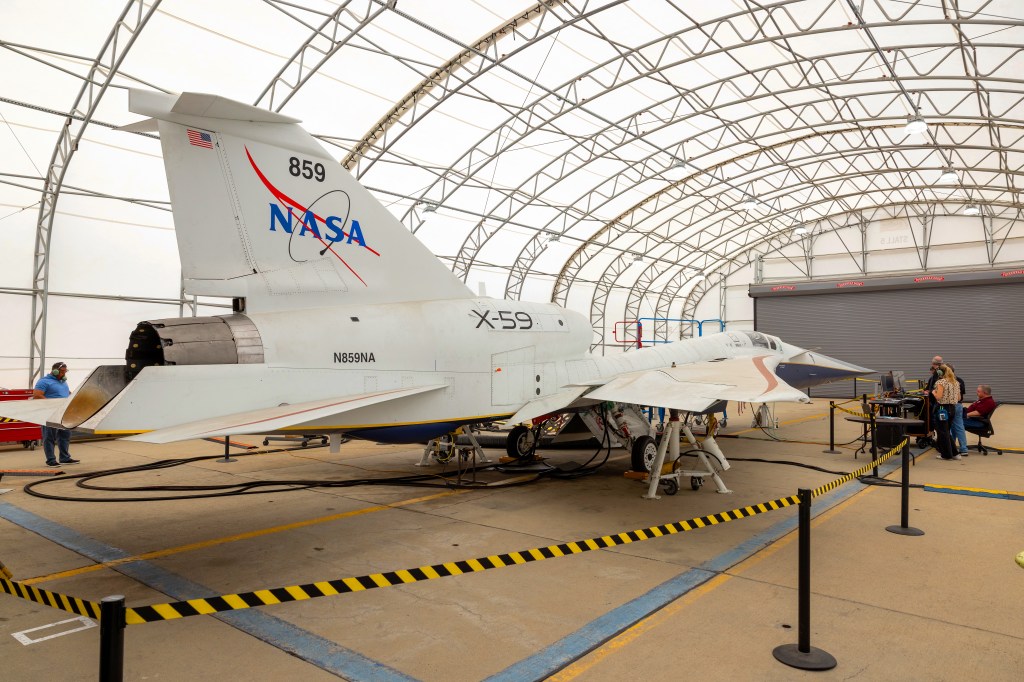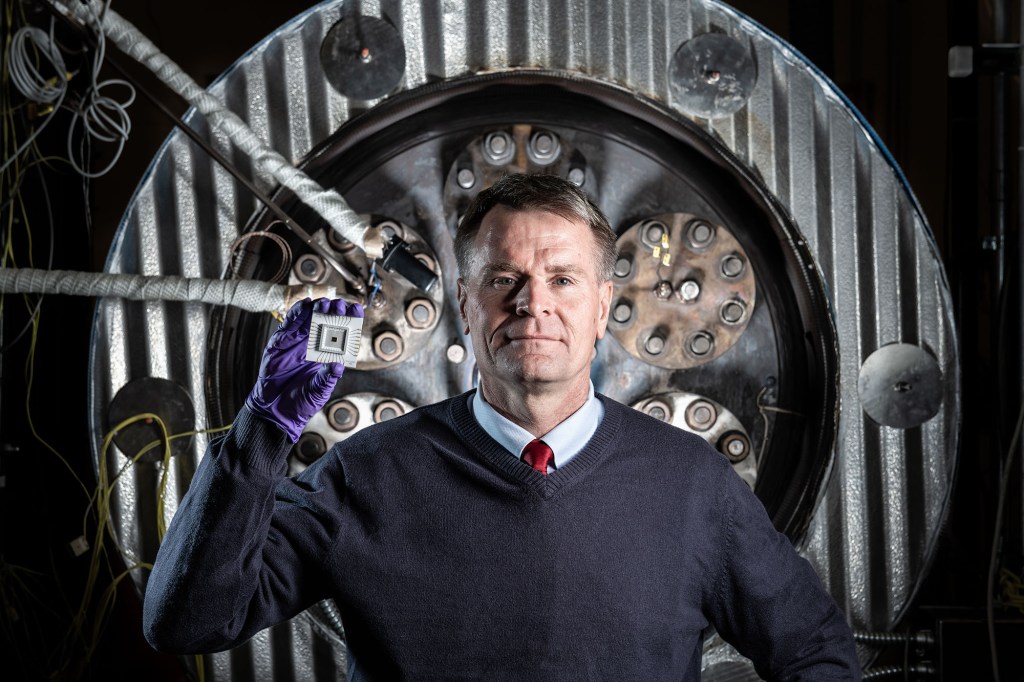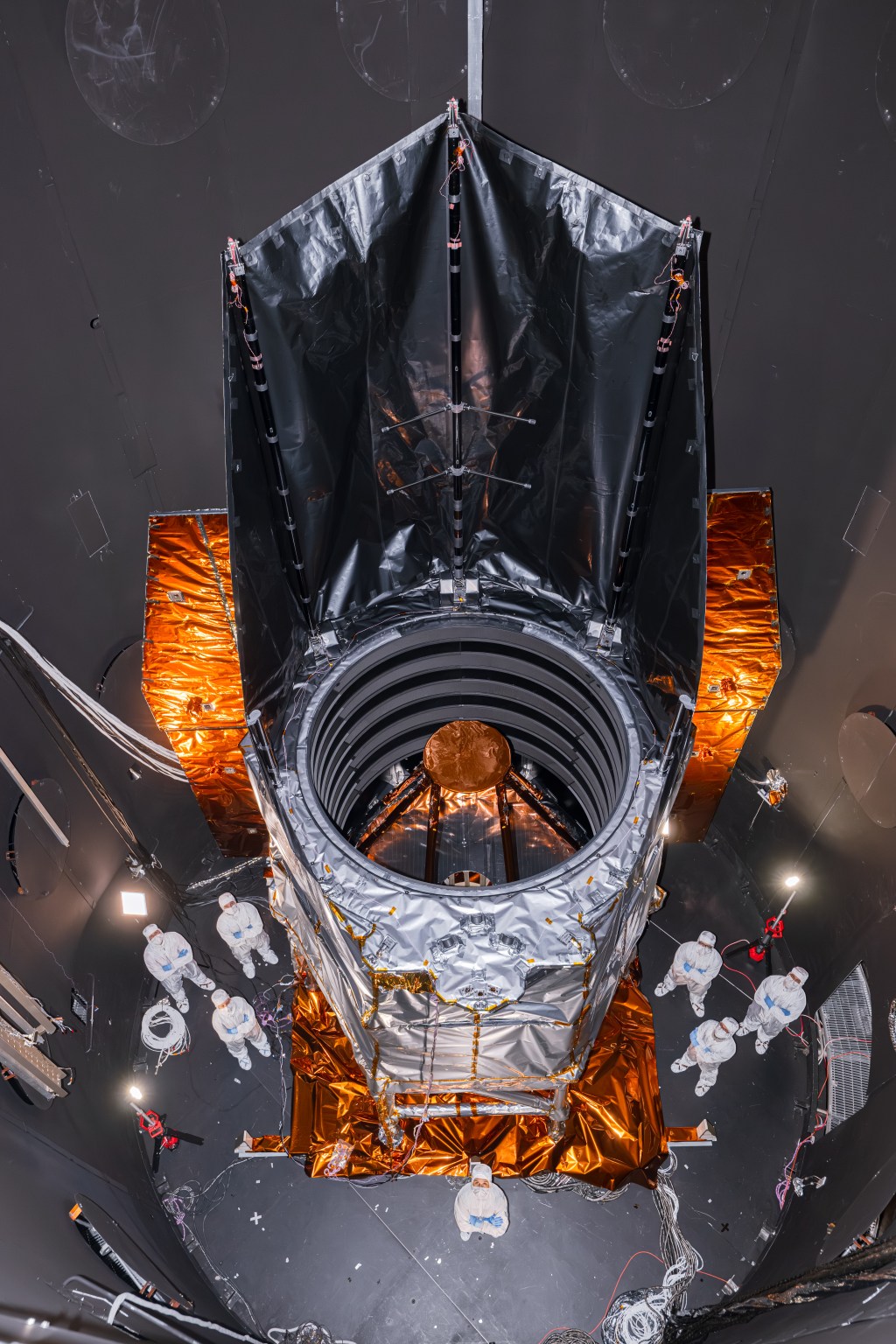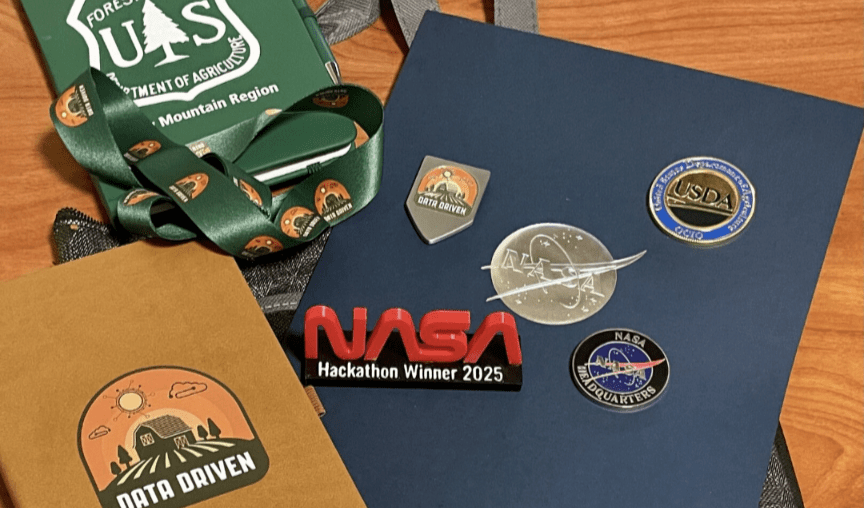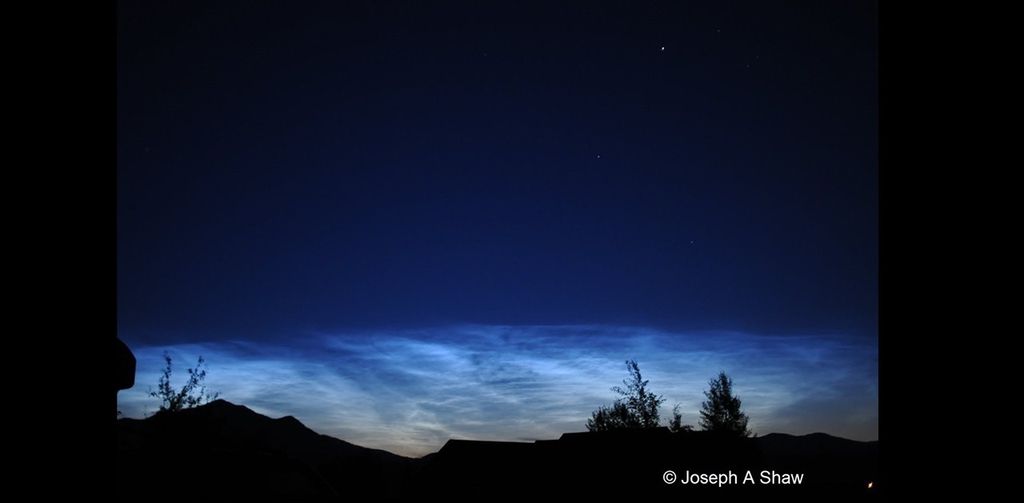1 min read
Jupiter 45 Minutes After the K Impact
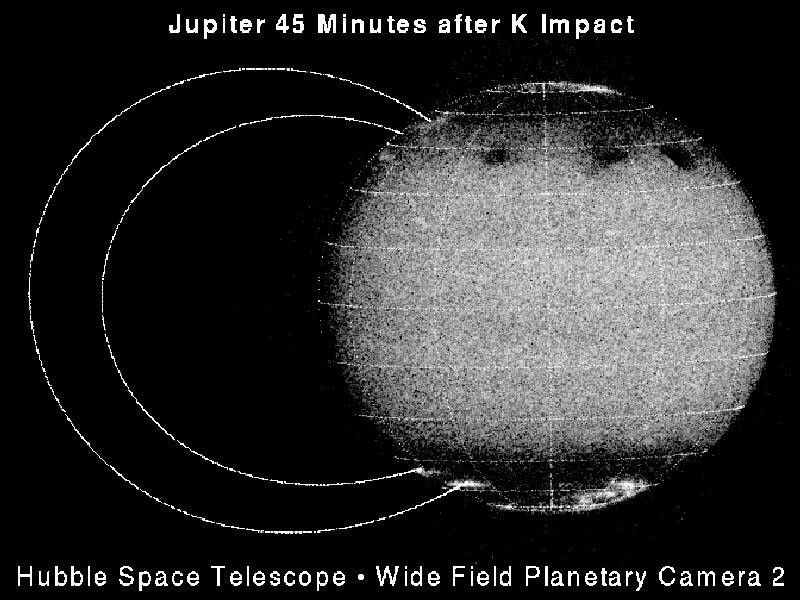
In the Jupiter campaign, scientists wanted to see how the comet collisions affected the Jovian aurorae, rapid and irregular displays of colorful light in a planet's night sky caused by the leakage of charged particles from the magnetosphere into the atmosphere. Following the impacts, some of the resulting debris became electrically charged and traveled along Jupiter's magnetic field lines and created new aurorae in Jupiter's northern hemi-sphere, as shown in this image. Scientists had never before observed aurorae this far south of where aurorae are typically seen in Jupiter's northern hemisphere.
- Object NameObject NameA name or catalog number that astronomers use to identify an astronomical object.Jupiter, Comet P/Shoemaker-Levy 9
- Release DateSeptember 29, 1994
- Science ReleaseHubble Sees Auroral Emission Arcs Following the k Impact
- CreditScience Release Credit: NASA and John T. Clarke (Univ. of Michigan)
Share
Details
Last Updated
Mar 28, 2025
Contact
Media
Claire Andreoli
NASA’s Goddard Space Flight Center
Greenbelt, Maryland
claire.andreoli@nasa.gov


